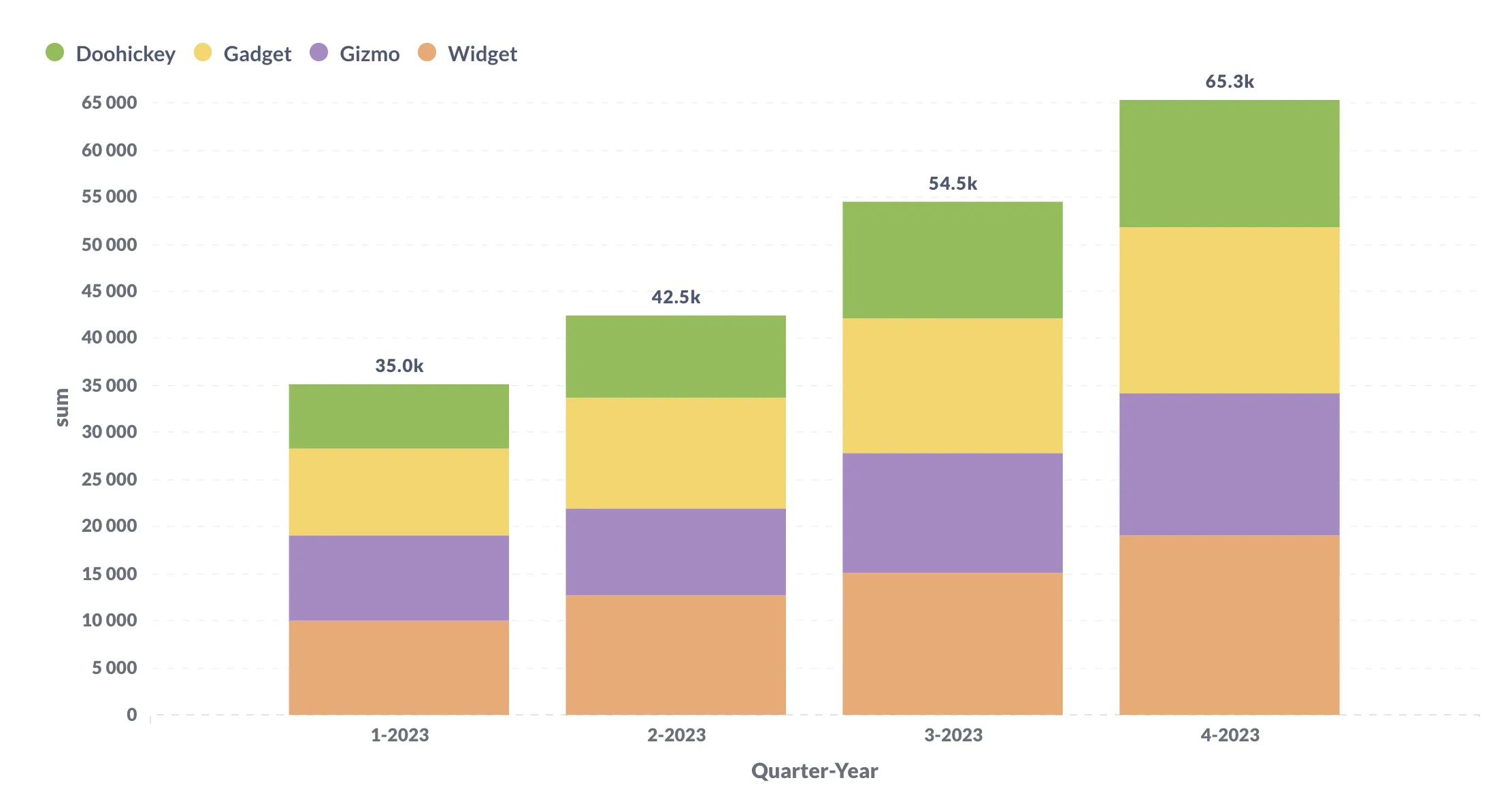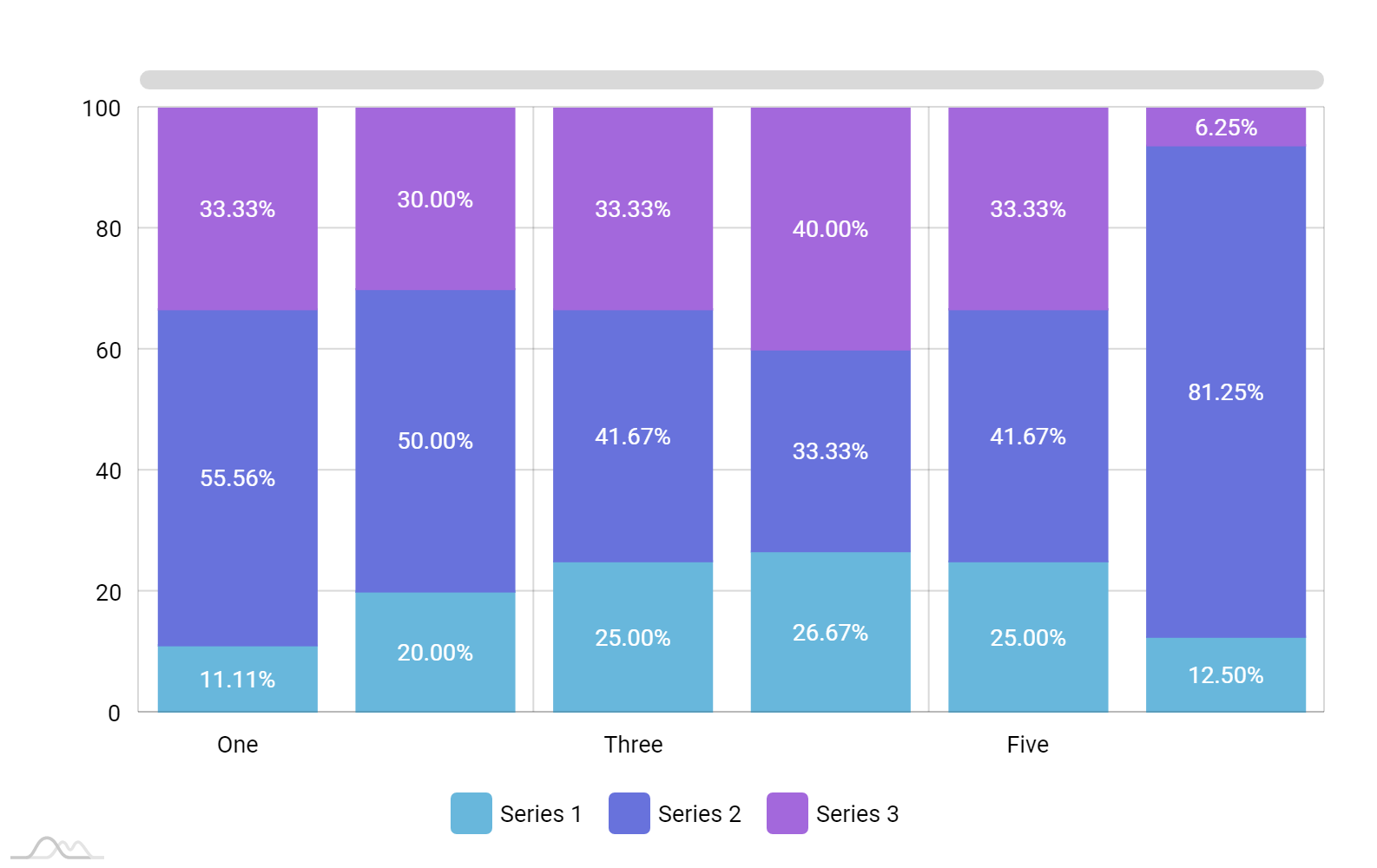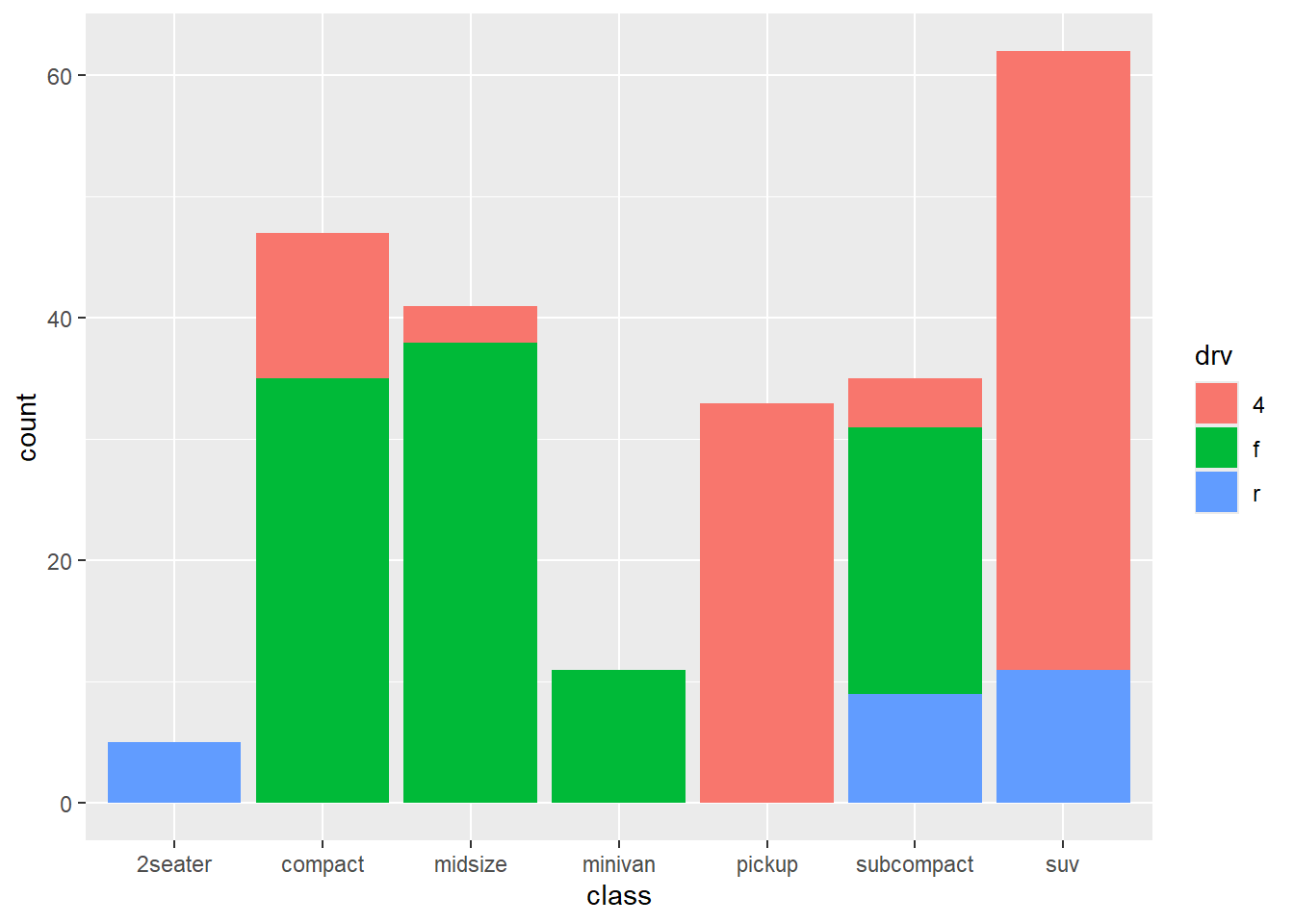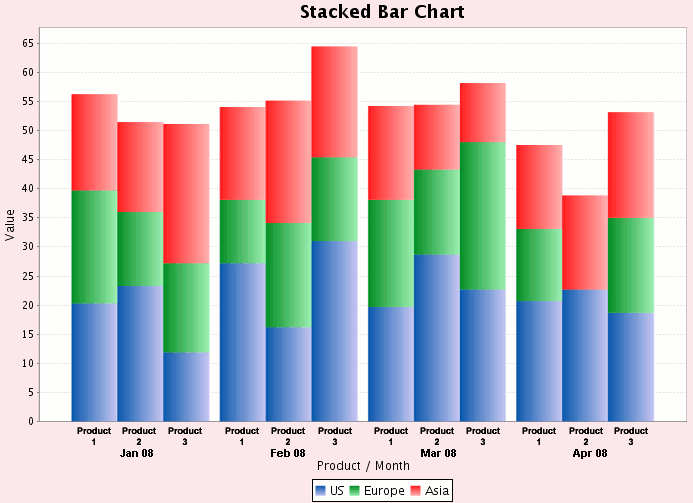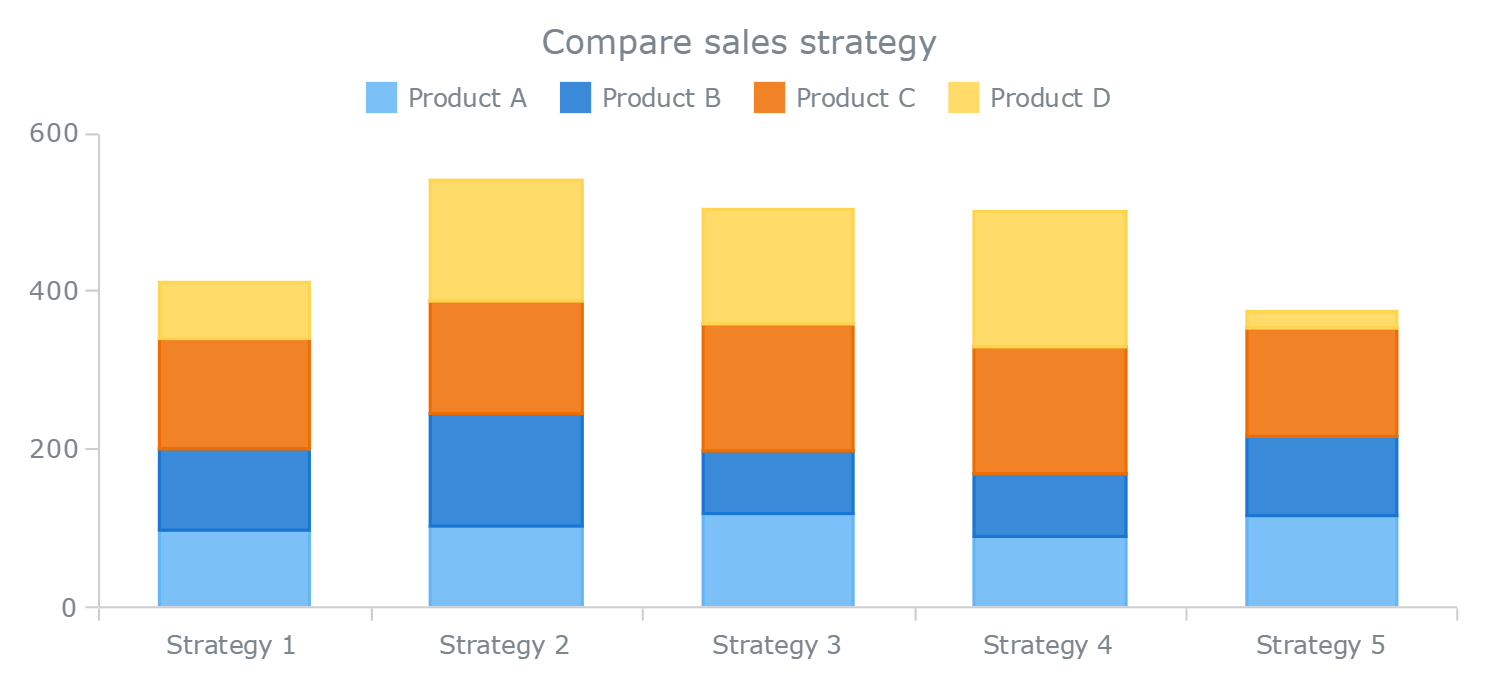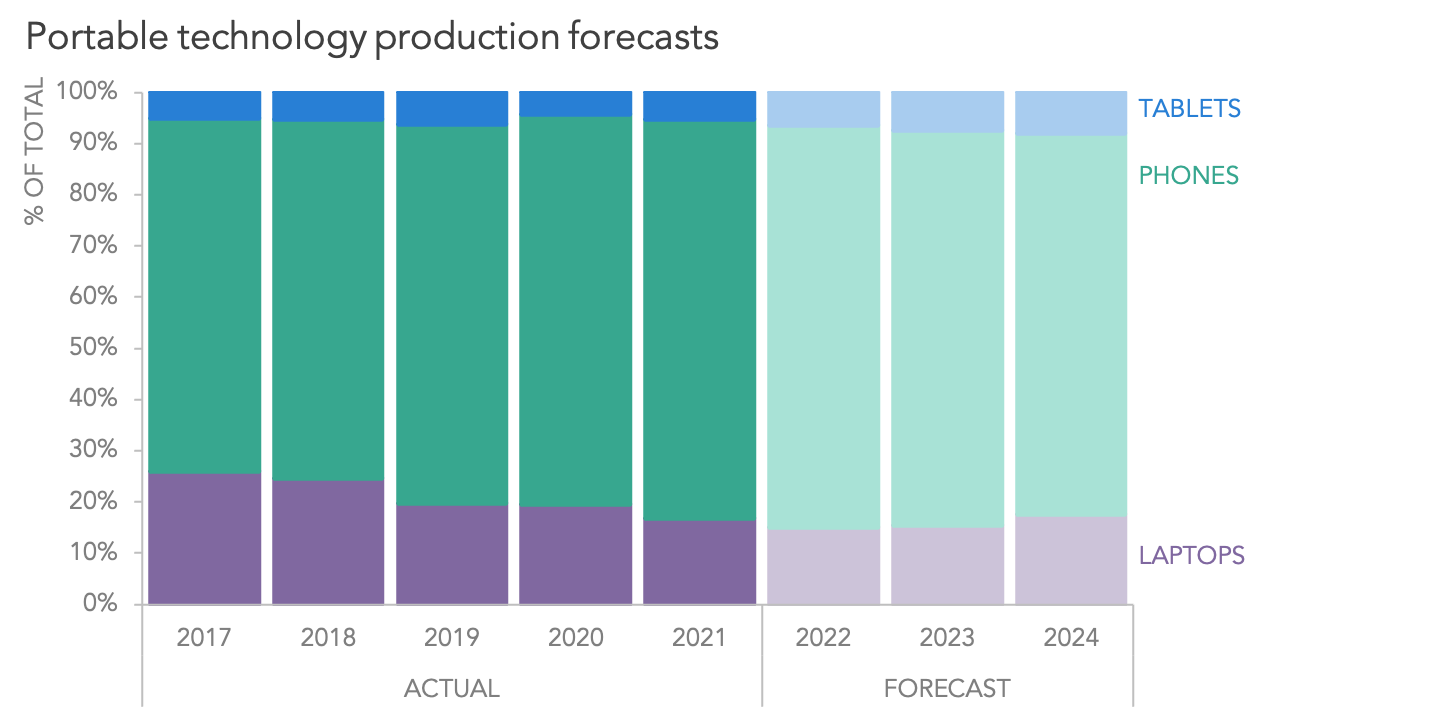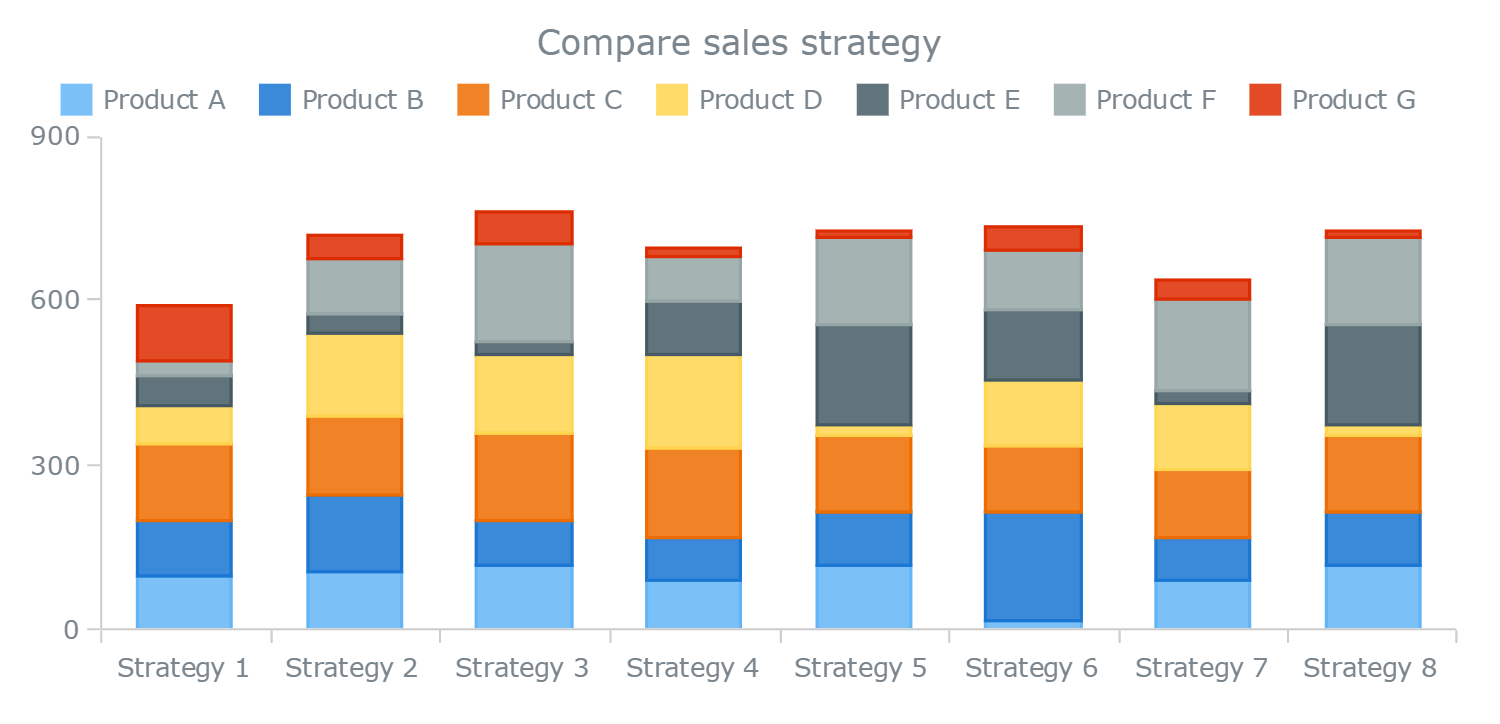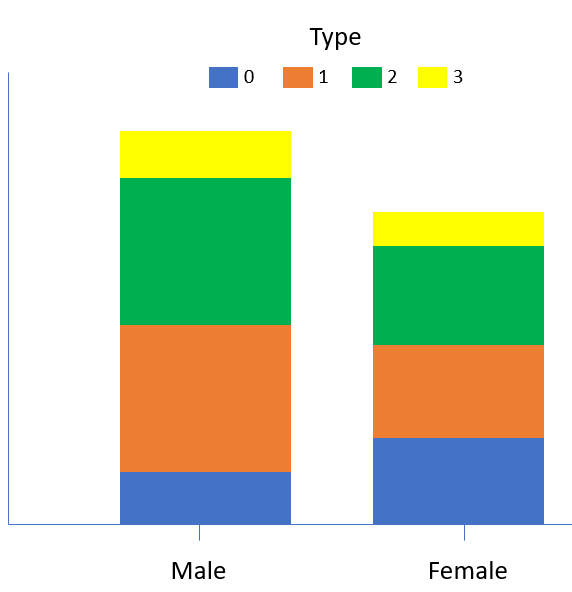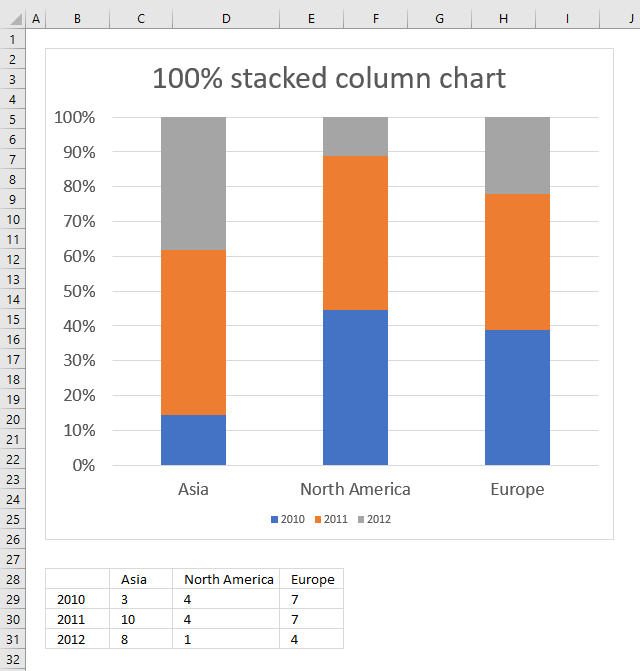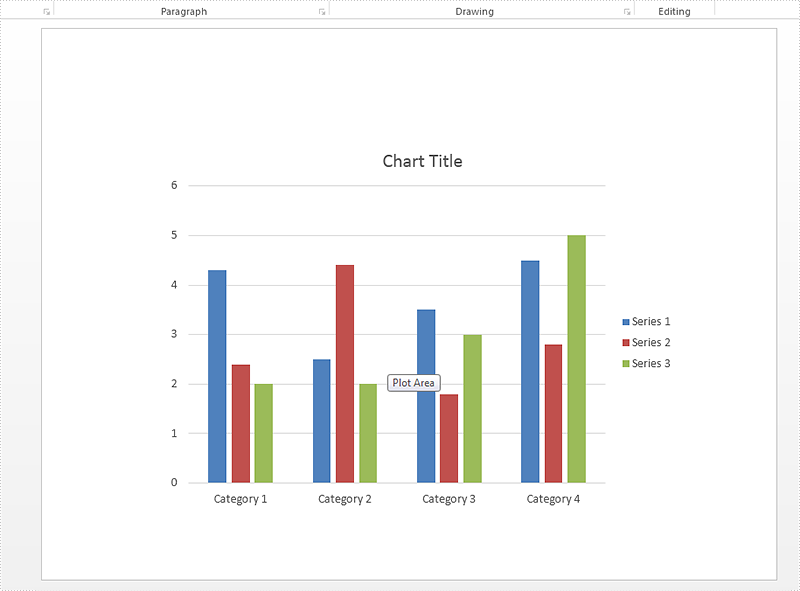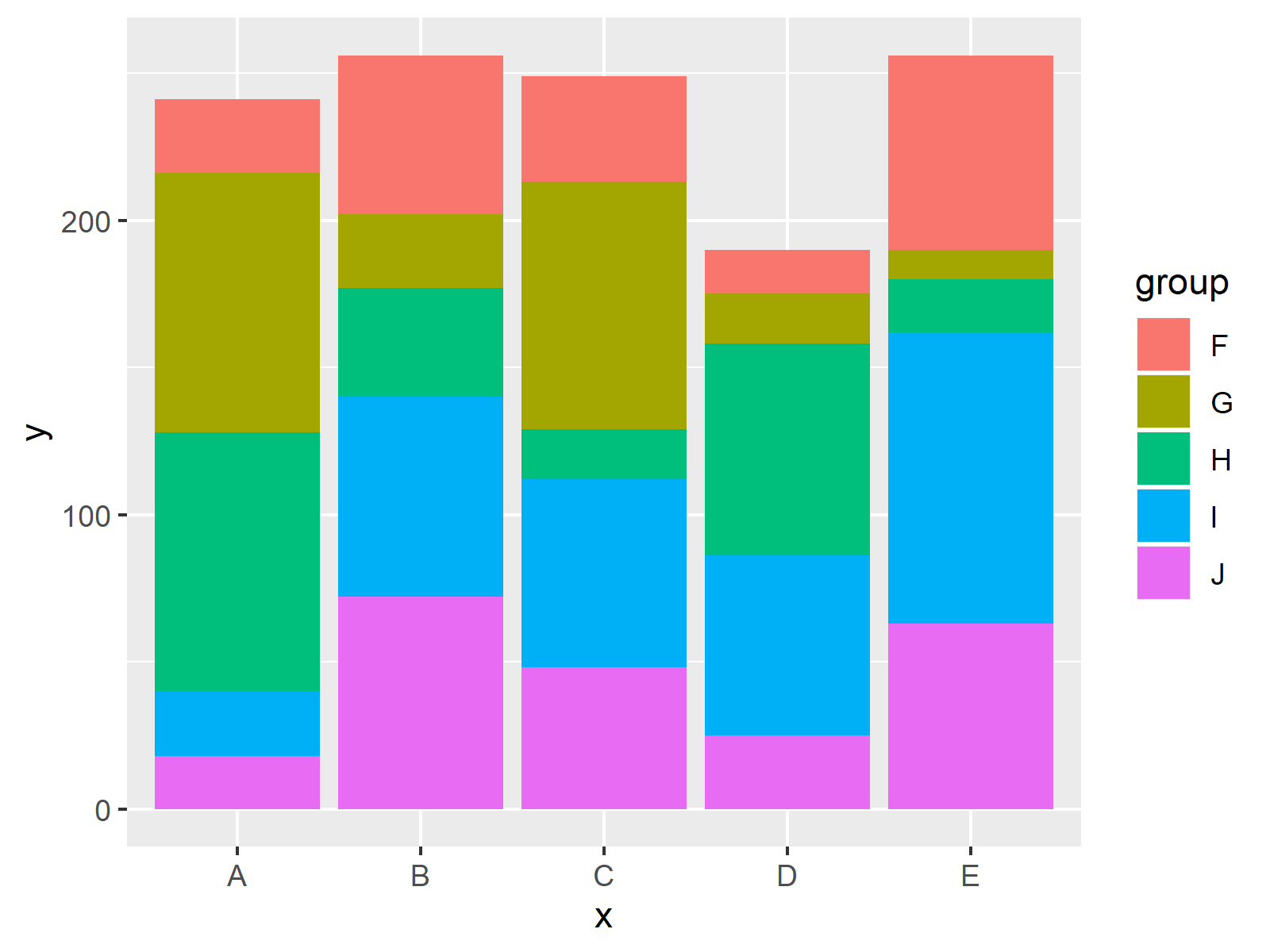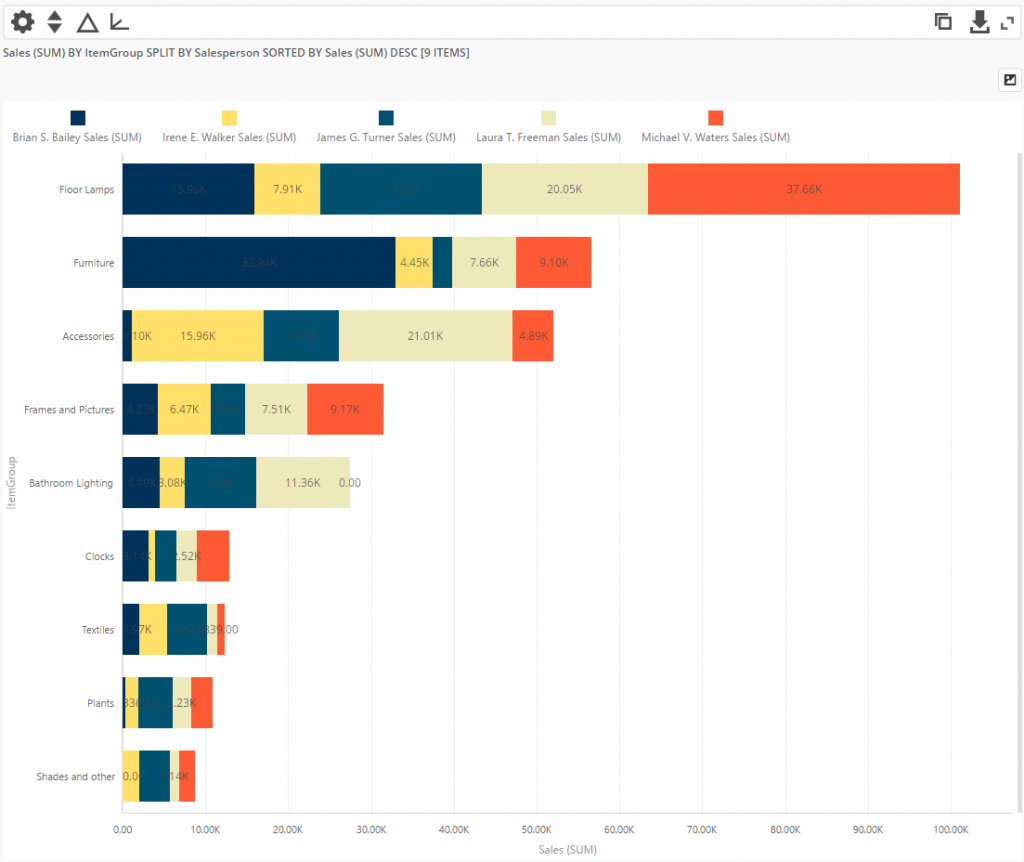Lessons I Learned From Tips About Why Do We Use A Stacked Bar Chart R Plot Without Axis

This type of chart is used to picture the overall variation of the different variables.
Why do we use a stacked bar chart. Stacked bar charts can be a great way to visualize data that has both a hierarchical/categorical component that evolves over time. A stacked bar chart tells you how many parts each bar in a bar graph is made up of and what the quantity of each part is. Generally speaking, stacked bar charts are quite similar to sparklines in terms of usage:
One bar is plotted for each level of the categorical variable, each bar’s length indicating numeric value. The stacked bar chart extends the standard bar chart from looking at numerical values from one categorized variable to two. The main objective of a standard bar chart is to compare numeric values between levels of a categorical variable.
A stacked bar chart is a type of bar chart in which the values of different categories are stacked on top of each other, rather than being presented side by side. Like the bar chart, a stacked bar chart uses the length of two or more stacked bars to represent the components of a total quantitative value across a range of different categorical values. You might use it to show the number of male and female actors in a range of different movies, visually separating the gender bars using colour.
In this post, we’ll show you how to create a stacked bar chart and why you need to use them in your data visualization. Stacked bar graphs (sbg) show the quantitative relationship that exists between a main category and its subcategories. How do you use a stacked chart?
From a bar chart, we can see which groups are highest or most common, and how other groups compare against the. A stacked bar chart can do all that and more. For example, if a bakery offers different ordering options, the manager might use a stacked bar chart to track order trends over several months.
A stacked bar chart, also known as a stacked bar graph or segmented bar graph, uses segmented vertical or horizontal bars to represent categorical data. The primary use for stacked column charts is in representing data where values are divided into contributing categories that sum to the total. Stacked bar charts are useful when you want to see how certain categories of data compare to one another.
Labels and legends help the viewer determine the details included in these charts. The segments can be of different colors or shades to make the data easier to understand. Stacked charts usually represent a series of bars or columns stacked on top of one another.
In this guide, we’ll aim to rectify these mishaps by sharing examples, clarifying when you should (and shouldn’t) use a stacked bar chart, and discussing best practices for stacking bars. Stacked bar chart excels in illustrating how different components contribute to the total of each category. When to use stacked bar chart.
Assuming that no other comparisons are important, the two 100% stacked bars do the job effectively. A stacked bar chart also achieves this objective, but also targets a second goal. It effectively visualizes the individual value of each segment and the overall composition, providing a clear and brief representation of complex data sets.
Understanding how to read, use and create this type of chart can help you put together reports more efficiently. An example can be an airport where many planes land each day. While a pie chart or line graph is a great tool for tracking business expenses and savings, stacked bar charts are better to compare and analyze data.


